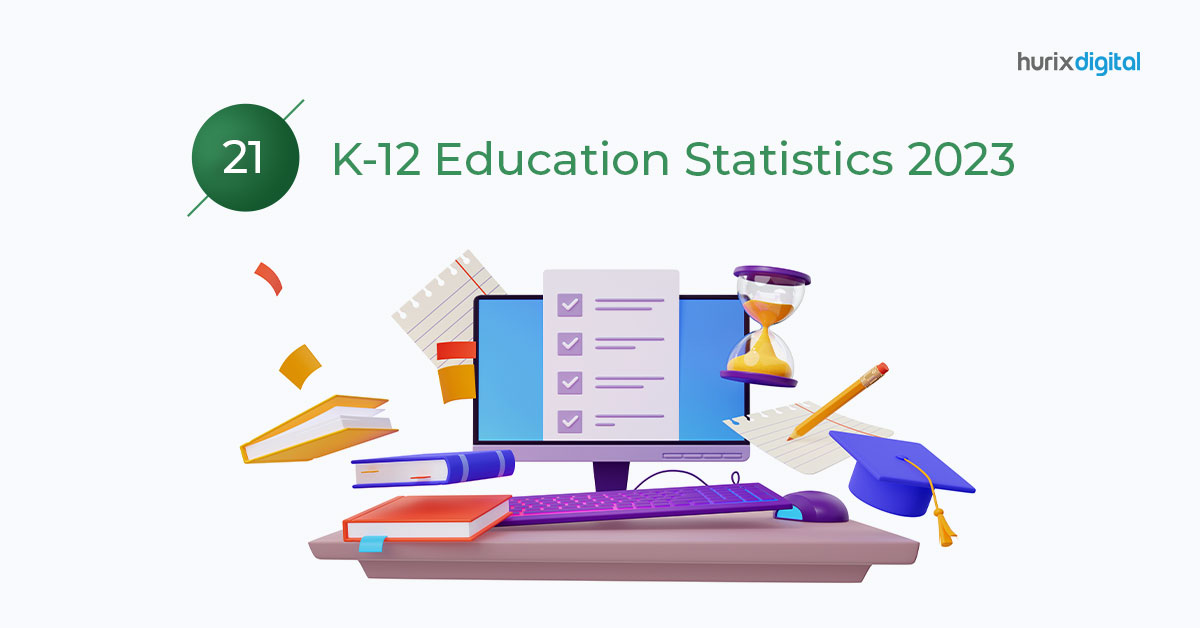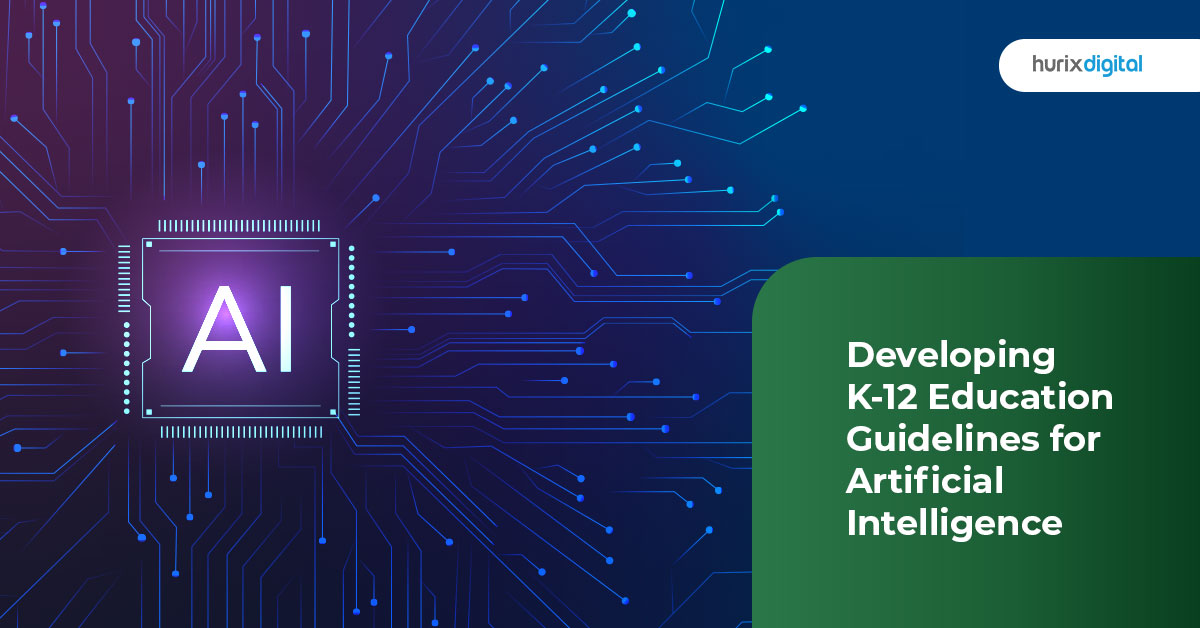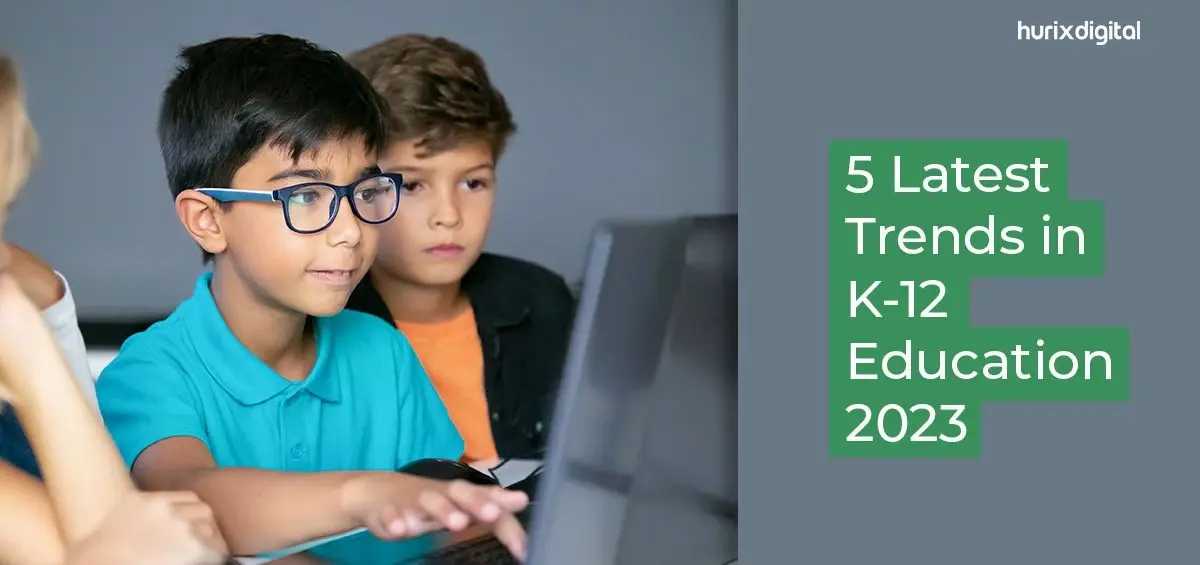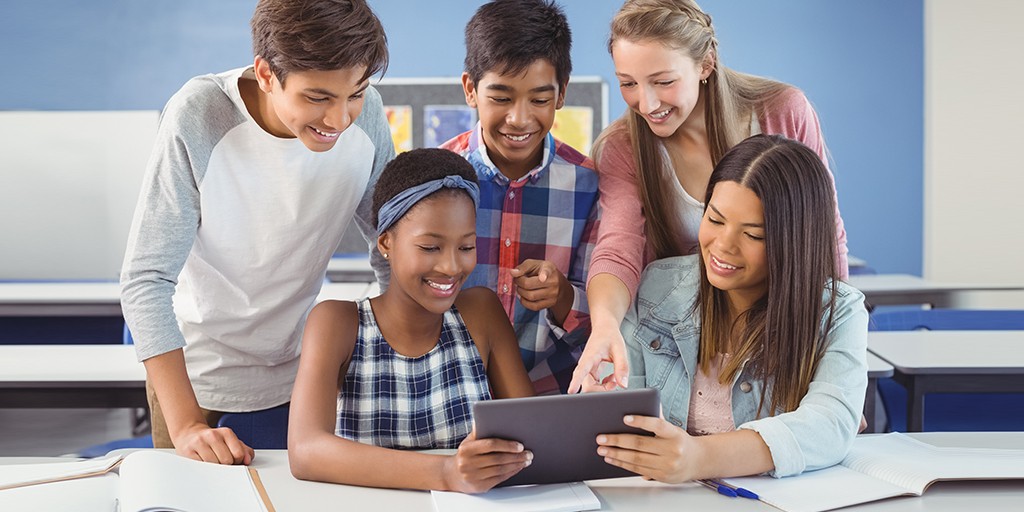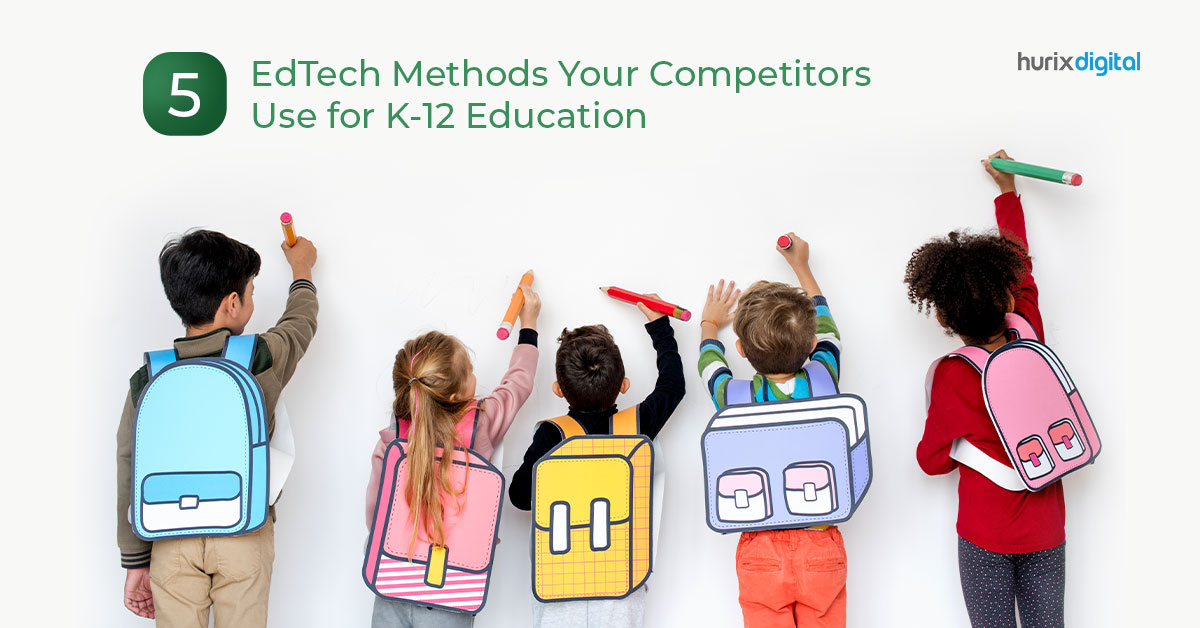
5 EdTech Methods Your Competitors Use for K-12 Education
K-12 education is where students gain the most knowledge and skills that help them become capable of handling complicated problems later on.
Therefore, it’s a must to make sure that K-12 learners don’t miss out on the wonderful opportunities they have awaiting in the future due to a lack of efficient learning.
Not all learners learn in the same way; some students learn better when they are taught using diagrams, maps, and charts, while others prefer to listen to the information again and again to memorize.
Keeping that in mind, the experts introduced new EdTech methods to ensure that all students learn effectively without having to make compromises. It’s time to bid goodbye to the old-school ways of K-12 education with these
Table of Contents:
- Collaborative Learning
- Social Media in Learning
- Interactivity in Classroom
- Immersive Learning Using AR and VR
- Gamification
5 Highly Impactful EdTech Methods Used by Competitors
1. Collaborative Learning
Several studies have shown over the last couple of years that students learn best with active participation in the classroom. Collaboration has been pretty common in educational institutions, but things have improved a lot more after the inclusion of technology in classrooms.
Students can now collaborate on projects and other important tasks assigned in classes online and make the most of their day outside the classroom, and as they work together and brainstorm ideas, their collaborative skills increase.
Collaborative skills are one of the most important soft skills students must learn to improve their understanding and grow as a person.
That’s not all; this new EdTech method also fills the gap between learners and teachers – a great thing about the collaborative learning method is that teachers and students get more time to communicate with each other outside classes online and clear out any misconceptions.
Also read: 7 Best Education Tech (EdTech) Companies for K-12 Institutes in 2023
2. Social Media in Learning
There have been lots of debates about the good and bad sides of social media. Even though it is widely believed that social media impacts negatively on K-12 students, the inclusion of the same in learning by experts tells a different story.
It’s not possible to keep K-12 learners away from social media platforms for too long – instead, the experts decided to make the most of this trend in education, and the results are amazing so far.
Many institutions use social media platforms as a tool for communication to allow students to interact and participate actively. Sharing study materials, eBooks, images, and video content among peers is now even easier.
This move has helped the learners stay dedicated to learning and attaining knowledge, and even the ones who lagged noticed improvement with regular engagement on social media.
Also read: Top 10 EdTech Companies in the United States
3. Interactivity in the Classroom
Introducing the latest technology inside the classroom has proven to be highly effective for teaching and attaining knowledge. Apart from textbooks, there are times when students are required to read other books to work on projects and for various reasons.
If the books are provided by the library of the educational institution, chances are, not all students get copies of the same book. Using eBooks, educational institutions can easily make the course content accessible for all students because there will never be a shortage of eBook copies, unlike physical books.
Most importantly, eBook has a whole lot of excellent features to offer – the embedded video and audio content and inclusion of AR make learning from eBooks an amazing experience for all kinds of learners. eBooks are also way more affordable than physical books, and storing them is never an issue.
That’s not all; the inclusion of eBooks in the classroom also makes the learners more eager to participate actively in classes. eBooks are highly interactive, which allows the learners to continuously test themselves as they move forward with learning new topics.
Therefore, it’s safe to say that interactivity in the classroom is the future of learning as it’s one of the most effective ways to keep K-12 students focused on their goals.
Also read: Transform Your Education with Cutting-Edge EdTech Solutions
4. Immersive Learning Using AR and VR
Even though the education sector always looked out for opportunities to improve the learning experience of the students, the impact of the global pandemic back in 2020 on the education sector cannot be denied.
In the initial stage, the education sector faced a lot of difficulties, but gradually, educational institutions bounced back and put a whole lot of effort into restoring normalcy in education. Thanks to the introduction of VR (virtual reality) and AR (augmented reality) in the education system – the learning experience was no longer the same for students.
The introduction of AR and VR made learners attain knowledge on complicated topics in the comfort of their homes using nothing but their electronic devices. This advanced technology allowed them to see enhanced versions of objects and images to gain in-depth knowledge of the topics in their courses.
AR (Augmented Reality) helps learners view enhanced versions of objects and images, while VR (Virtual Reality) gives them a false perception of reality.
Needless to say, the combination of these two has taken online learning to greater heights. This EdTech method makes students learn the most complex subjects easily.
Also read: Best Online EdTech Solution Providers for 2023
5. Gamification
As previously discussed, there are different kinds of learners and there exist learning methods for each kind.
In the last few years, the introduction of gamification in learning has made a massive impact on learners. Not all subjects are interesting enough for students to pay attention to, but that doesn’t mean that the students are going to avoid those subjects and not live up to their full potential.
To tackle all those complicated and ‘not-to-interesting’ subjects effortlessly, many competitors are now utilizing the gamification method in classrooms.
A student learns the best by participating in classes actively, and gamification is the best way to ensure that. With exciting rewards, gamification makes learning and retaining knowledge a fun process for learners.
Gamification makes the majority of learners identify the areas they need to work on easily and strive to perform better with regular practice. This method has been proven highly effective for fostering morale and encouragement among students. It’s safe to say that this EdTech method has a long way to go.
Conclusion
K-12 education is very important for learners, and even the littlest flaws in the system must not be overlooked. For countless reasons, the EdTech methods we discussed have received great responses from both learners and teachers.
With the inclusion of these EdTech methods in classrooms, any institution can enhance the student’s learning experience in a short period.
Looking for K-12 content solutions? Visit here.

Senior Vice President
A Business Development professional with >20 years of experience with strong capability to sell new solutions and develop new markets from scratch. New Market Entry Specialist with experience working in the largest emerging markets. Exceptional experience in conceptualizing, ideating and selling new learning technologies like VR AR, etc. across multiple industry verticals.

